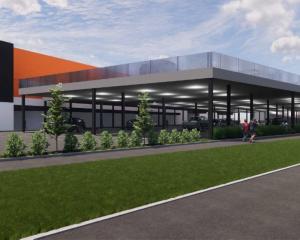Cash flow stress in the sector was set to persist with uncertainty around the timing and extent of recovery.
Farmers faced the difficult challenge of attempting to minimise near-term losses, while trying not to cut too deeply into the long-term productive capacity of their business, agri economist Con Williams said.
Many farmers still used "gut feel'' when making decisions, which could be effective under normal circumstances but it did not provide a basis for deeper change in times of rapid adjustment and heightened risk, the report said.
They needed to focus on what they could directly control: productivity, cost efficiencies and debt servicing metrics.
Decisions on where to focus efforts needed to be supported by a more formal decision-making process, which included completing a business plan and budget with a multi-year time horizon.
ANZ's milk price forecast of $3.95 for 2015-16 and expectations of a conservative start for 2016-17 at around the mid-$4 translated into cash flow of $4.01 and $4.66 respectively for a fully shared Fonterra farmer.
For the average farmer, that suggested revenue of nearly $602,000 in 2015-16 and $698,000 in 2016-17.
When mapped against expected expenditure patterns, it suggested a cash flow shortfall extending through to at least mid-2017.
Budgets should be set on the conservative side for 2016-17 and worked back from there.
The bank believed that should be around the $4.50-$4.75 mark on a financial year basis, including the dividend.
"If dairy prices lift by more than we assume, all well and good. If they don't, another tough year has been planned for at the outset, helping avoid unwanted surprises like those that have occurred over the last two seasons,'' the report said.
Gaining further productive and cost efficiencies were not the only options available.
Other options included restructuring the capital structure of the business through an equity injection or selling part of the farm and/or non-core assets.
Alternative income streams could also be utilised.
There was with "massive'' growth in farm-related tourism activities built around the likes of the Otago Central Rail Trail.
Some "outside the box'' thinking might be required.
Some farmers were also pursuing a change away from dairying into beef and crop production, as well as considering other ways they could generate additional income.











